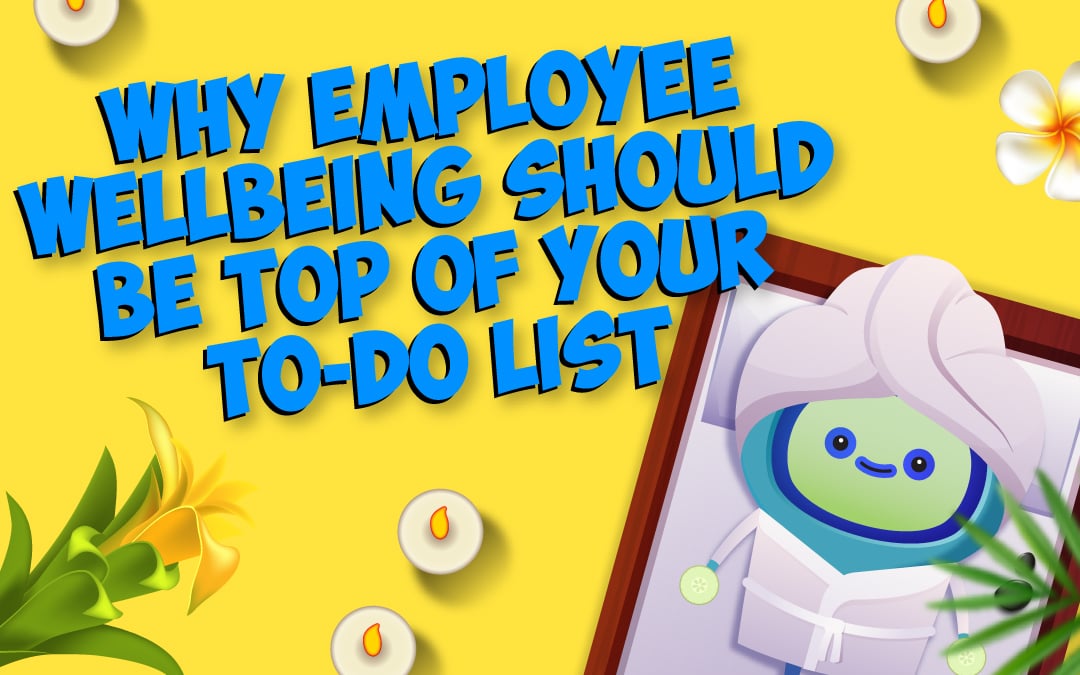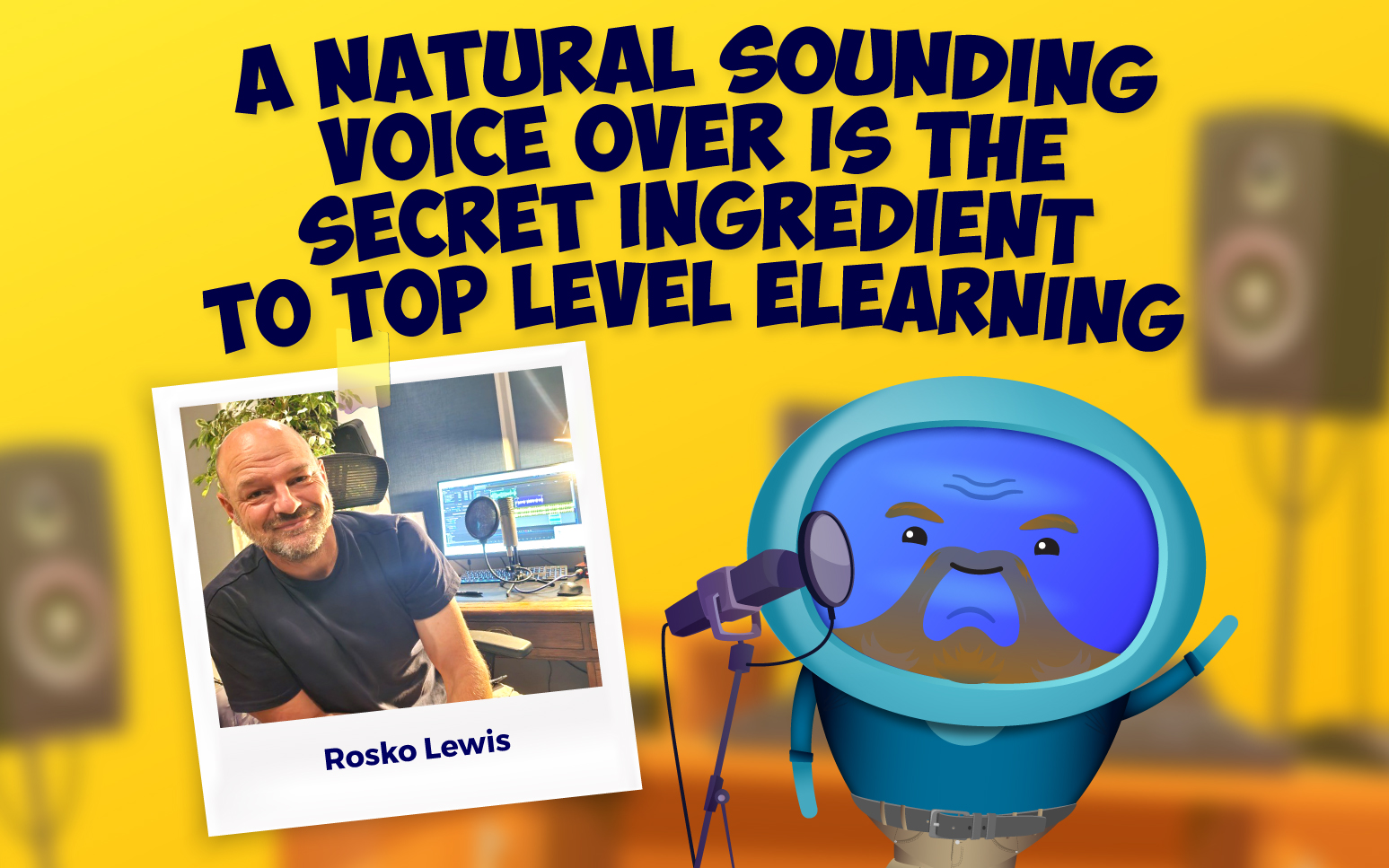Can games boost cognitive flexibility? Gone are the days when the lazy stereotype of gaming was someone sitting in their bedroom, staring at the screen and ignoring their parent’s calls to come down for dinner. With the invention of the smartphone, we’re all playing games, wherever we go.
In the Learning & Development space, this is actually very useful. We know that people are used to games and can incorporate this knowledge into our microlearning (or microlearning, if you prefer) strategy. After all, the brain training industry is already worth $6+ billion (and, according to InsightAce Analytic, this is projected to grow to a whopping $44 billion by 2030).
This short blog looks at some working examples of big success stories and how they have used micro-learning in a powerful way.
Duolingo – Anyone who’s ever had the pleasure of interacting with the cute green owl will know exactly how gamification can help you learn. There are tons of languages you can learn, and the app keeps you learning by offering short, daily tasks to complete and rewards for doing so. You learn gradually and go back over what you’ve learned to retain information. It’s the perfect example of gaming to learn.
TikTok – You probably think it’s just for dance trends or makeup tutorials, right? Well, think again. Follow the right accounts and it’s actually very useful for bite-sized, actionable tutorials. Pick up short, targeted lessons on almost any subject you want, delivered within the trademark less-than-a-minute window. This quick video-based experience is another powerful example of microlearning.
WikiHow – One of the most trusted internet sites and apps, WikiHow delivers valuable microlearning through the medium of simple infographics. It’s a collaborative effort between thousands of people – experts write articles about anything someone needs to know and the most useful are turned into easy-to-follow images. These are then edited and reviewed to ensure complex subjects are simplified.
TED Talks – Who doesn’t know about TED talks? There are talks about basically any topic you can think of. With a maximum length of 18 minutes, most TED talks are designed to be short for a clarifying effect. Videos can be watched on your computer or smartphone, but TED also offers a series of useful podcasts too – just another way to learn, quickly.
Kahoot! – During the pandemic, no doubt you’ve joined a family quiz or two. Well, why not learn through quizzes? Kahoot! uses its platform to transform boring training and presentations to engage teams, both in the office and remotely. Making your microlearning interactive in this way helps reinforce key concepts through friendly competition and gamification.
These microlearning examples showcase how gamification and other forms of microlearning can enhance L&D. Going forward, it’ll be exciting to see how virtual reality and augmented reality can also be incorporated.
Emerging technologies like VR and AR provide immersive, stimulating environments that are prime for microlearning. For instance, VR training simulations could allow learners to safely practice skills or procedures in an engaging, game-like setting. Likewise, AR glasses may one day deliver bite-sized tutorials and flashcards overlaid onto real-world environments. Pretty cool stuff!
As technology advances, the possibilities for leveraging innovative interactivity and gamification will continue to grow. Personally, I can’t wait to see what that looks like. Can you?
If you're keen to know more about microlearning, why not check out our bite-sized eLearning content, covering everything from leadership and people management to health & safety and compliance! Download our free microlearning toolkit to support your business. Get in touch with us or try iAM Learning for yourself - get started today!



.png)
